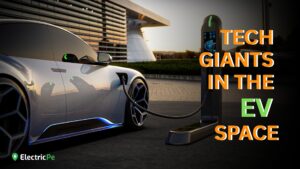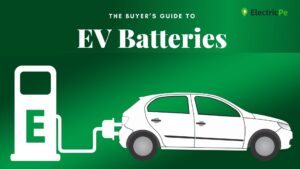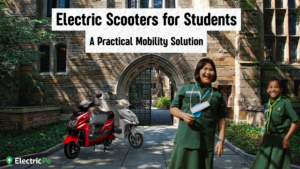In recent years, the electric vehicle (EV) industry has witnessed unprecedented growth, accompanied by a rapid expansion of charging infrastructure. As more drivers transition to electric vehicles, the demand for convenient and accessible charging solutions has surged. In this comprehensive guide, we delve into the realm of EV charging stations, exploring their significance, functionality, and impact on the future of transportation.
Why You Should Read This Article
Are you considering making the switch to electric vehicles or curious about the state of EV charging infrastructure? This article serves as your ultimate resource, offering insights into the evolution of EV charging stations, their role in fostering sustainable mobility, and practical tips for navigating the charging landscape. Whether you’re an EV enthusiast, a prospective buyer, or simply intrigued by the future of transportation, this guide is tailored to cater to your interests and provide valuable information.
1. Understanding EV Charging Stations
EV charging stations play a pivotal role in enabling widespread adoption of electric vehicles by providing a convenient means to recharge their batteries. These stations are equipped with charging equipment, commonly referred to as electric vehicle supply equipment (EVSE), which facilitates the transfer of electrical energy to EVs. Charging stations vary in terms of charging speed, power output, and compatibility with different EV models.
2. The Importance of Public Charging Infrastructure
Public charging infrastructure plays a crucial role in addressing range anxiety and promoting EV adoption among consumers. By strategically deploying charging stations in high-traffic areas, urban centers, and along major transportation routes, stakeholders aim to enhance the accessibility and convenience of EV charging for drivers. The expansion of public charging networks is essential for fostering confidence among EV owners and encouraging long-distance travel.
3. Different Types of EV Charging Solutions
EV charging solutions encompass a diverse range of technologies and configurations to accommodate the varying needs of EV drivers. These include Level 1 charging, which utilizes standard household outlets, Level 2 charging, commonly found in residential and commercial settings, and DC fast charging, capable of delivering rapid charging speeds suitable for long-distance travel. Understanding the different types of charging solutions is essential for maximizing the efficiency and convenience of EV charging.
4. Fast Charging: Accelerating the EV Revolution
Fast charging technology has emerged as a game-changer in the EV industry, offering significantly reduced charging times compared to traditional charging methods. DC fast chargers, also known as rapid chargers, can replenish EV batteries to a usable state in a matter of minutes, making them ideal for on-the-go charging and minimizing downtime for drivers. The widespread deployment of fast charging infrastructure is critical for enhancing the appeal and viability of electric vehicles.
5. Home Charging: Convenience at Your Fingertips
Home charging represents a convenient and cost-effective solution for EV owners, allowing them to recharge their vehicles overnight or during periods of low energy demand. With the installation of a dedicated charging station at home, EV owners can enjoy the convenience of hassle-free charging without the need to visit public charging stations regularly. Home charging solutions offer flexibility and autonomy, empowering EV owners to manage their charging needs efficiently.
6. Exploring Charging Station Networks
Charging station networks, operated by various providers and organizations, offer EV drivers access to a comprehensive network of charging infrastructure. These networks often feature user-friendly mobile apps or online platforms that enable drivers to locate nearby charging stations, check availability, and initiate charging sessions remotely. The availability of robust charging station networks is essential for facilitating seamless EV charging experiences and promoting widespread EV adoption.
7. Common Challenges and Solutions in EV Charging
Despite the growing prevalence of EV charging infrastructure, several challenges persist, including range limitations, charging compatibility issues, and infrastructure gaps in certain regions. Addressing these challenges requires collaborative efforts from industry stakeholders, policymakers, and technology innovators to develop innovative solutions and expand charging infrastructure coverage. By overcoming these barriers, the EV industry can accelerate its transition towards a sustainable transportation ecosystem.
8. Frequently Asked Questions About EV Charging
To provide clarity and address common queries among EV owners and enthusiasts, this section addresses frequently asked questions related to EV charging. Topics covered include charging connector types, charging speeds, home charging installation, public charging etiquette, and best practices for optimizing EV charging experiences. By addressing these FAQs, readers can gain valuable insights into EV charging fundamentals and make informed decisions regarding their charging needs.
9. Key Considerations for EV Owners
For prospective EV owners or those new to the EV landscape, understanding key considerations is essential for a seamless transition to electric mobility. This section highlights factors such as charging infrastructure accessibility,




